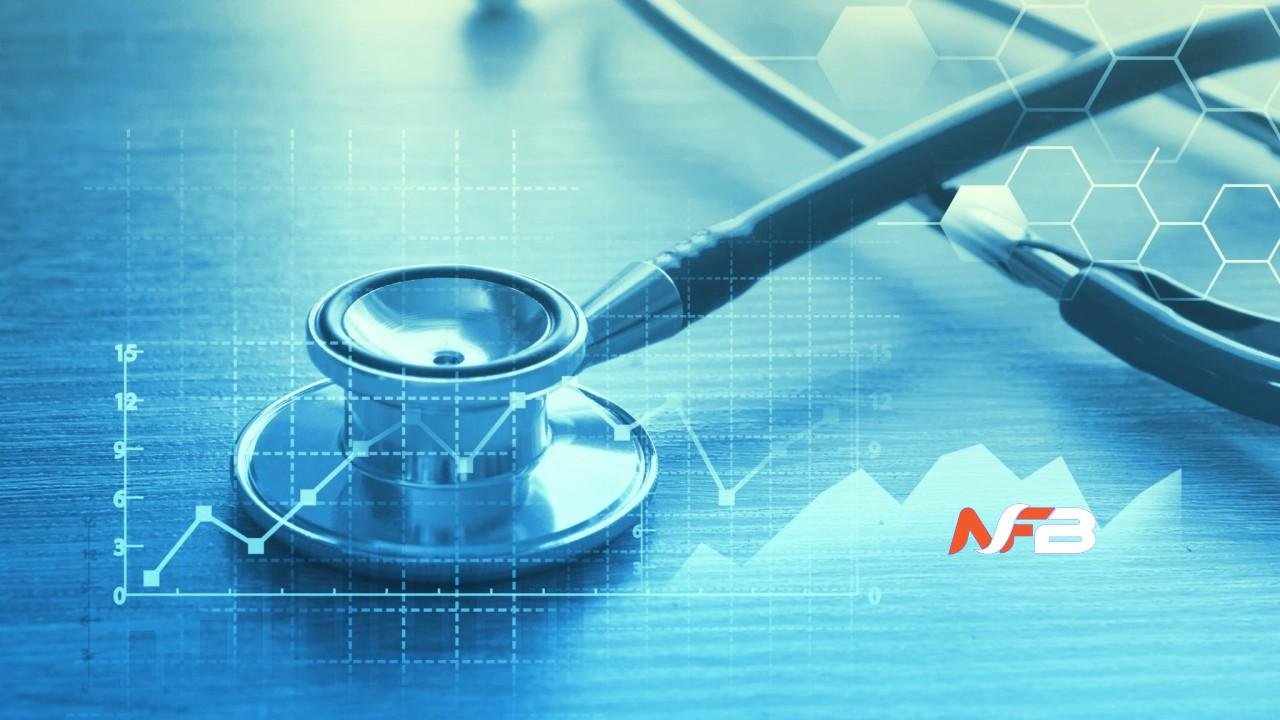Healthcare institutions gather data on an incredible scale every day in the form of patient records, diagnostic images, lab results, and treatment outcomes. Yet many find the attainability of actionable insights for enhancing patient care to be quite feeble. It is thus absolutely vital to comprehend why health information management has gained such significance, especially since the exponential growth of medical data is each day affording an unprecedented opportunity and a complex challenge in the day-to-day working of healthcare providers across the globe.
These modern health information systems provide the solution. These sophisticated platforms do not just store data; they arrange, analyze, and output the information to support clinical decisions and streamline operations. From predictive analytics that identify at-risk patients to automated workflows that lighten administrative loads, health information systems today are changing how organizations deliver healthcare.
The Rise of Big Data in Healthcare
Data in and around healthcare has crossed all conventional boundaries. What once included paper charts and rudimentary electronic records now covers a range of material, from metrics from wearable devices to results from genetic sequencing. This metamorphosis is referred to by experts as “big data,” meaning information so large and complex that no conventional database tool can handle it efficiently.
According to the newest research, three main areas are seeing big data exert its power in the healthcare sector:
| Area of Focus | Description | Examples |
| Disease Management | Analyzing data to improve disease prevention, diagnosis, and treatment. | Identifying patterns in chronic diseases, predicting outbreaks, and optimizing treatment plans. |
| Data Mining Technology | Developing and applying advanced techniques to extract valuable insights from large datasets. | Machine learning algorithms for diagnosis, predictive modeling, and pattern recognition. |
| Health Services | Enhancing the delivery and efficiency of health services through data-driven solutions. | Personal health devices, electronic health records, and telemedicine applications. |
In 2013, healthcare data was projected at 153 exabytes and was expected to increase to 2,314 exabytes by 2020. Such growth offers opportunities for enhancing patient outcomes, but only if the systems and governance structures required to leverage these opportunities are in place.
An example of a modern health information system in practice is DoctiPlus, an online doctor and telemedicine platform offering simple and affordable healthcare access options at a reasonable price.
Challenges and Opportunities
Real-world challenges mar the promise of better patient care through data analytics. These days, many healthcare organizations still struggle with broken systems unable to “speak” with each other, leading to data silos that prevent reaching a complete view of the patient. Staff often lack the training to use advanced analytics tools, and an outdated infrastructure cannot effectively support the needs of modern data processing.
Nevertheless, with challenges come great opportunities. Organizations that successfully implement comprehensive health information systems report stellar improvements in patient outcomes, operational efficiency, and cost management. Predictive analytics can identify patients at risk of readmission, prompting timely interventions. Clinical decision support systems help diminish medical errors by delivering real-time best practice recommendations to healthcare providers based on patient-syndrome-specific data.
The essence of the matter is the transformation of raw data into actionable clinical insights. This requires not only sophisticated technology but proper training and clear workflows, as well as strong leadership commitment to data-driven decision-making.
Information Governance: A Key Component
An effective health information system with a sound information governance framework has clear policies, procedures, and accountability structures for data collection, storage, usage, and sharing throughout the organization.
Key components of strong information governance include:
- Data Quality Management: Ensuring information accuracy, completeness, and consistency across all systems
- Security and Privacy Protection: Implementing comprehensive safeguards to protect sensitive patient information
- Regulatory Compliance: Meeting requirements from healthcare regulations and industry standards
- Access Controls: Managing who can view, edit, or share different types of healthcare data
- Risk Management: Identifying and mitigating potential threats to data integrity and patient privacy
Organizations with mature information governance practices can leverage their health information systems more effectively while maintaining patient trust and regulatory compliance.
Practicals Examples
Across the globe, advanced health information systems have once again been the very pillars on which healthcare system transformation rests. The United States Veterans Health Administration runs one of the world’s largest integrated electronic health record systems, providing coordinated care across multiple facilities for millions of veterans.
Digital transformation has also led the UK’s National Health Service to heavily invest in information governance frameworks that facilitate secure data-sharing channels while preserving patient confidentiality. These systems enable participating healthcare providers to obtain a complete account of the patient’s history, coordinate care across specialties, and determine population health trends that then inform public health initiatives.
Transform Your Healthcare Organization Today
More than just technological progress, modern health information systems represent a complete culture of patient care in today’s complex health environment. With adequate organizational support, a comprehensive health informatics solution backed with a strong information governance framework equips an organization to excel in the transformation into digital health.
The proof is rather grim: organizations in the care sector that have achieved a certain level of maturity in their health information systems perform better, are more efficient, and more quickly adapt to the necessity for change in patients’ requirements as well as those of regulators. As health continues to evolve digitally, these systems will become increasingly vital to competitive advantage and provide qualitatively better patient care.













Leave a Reply